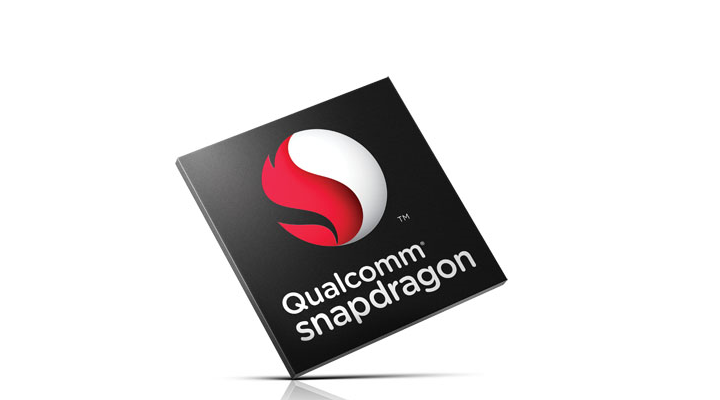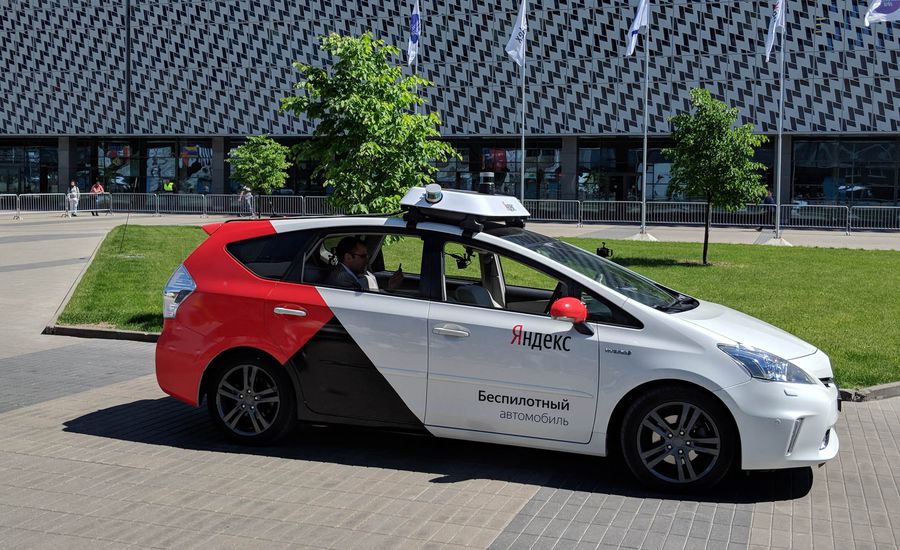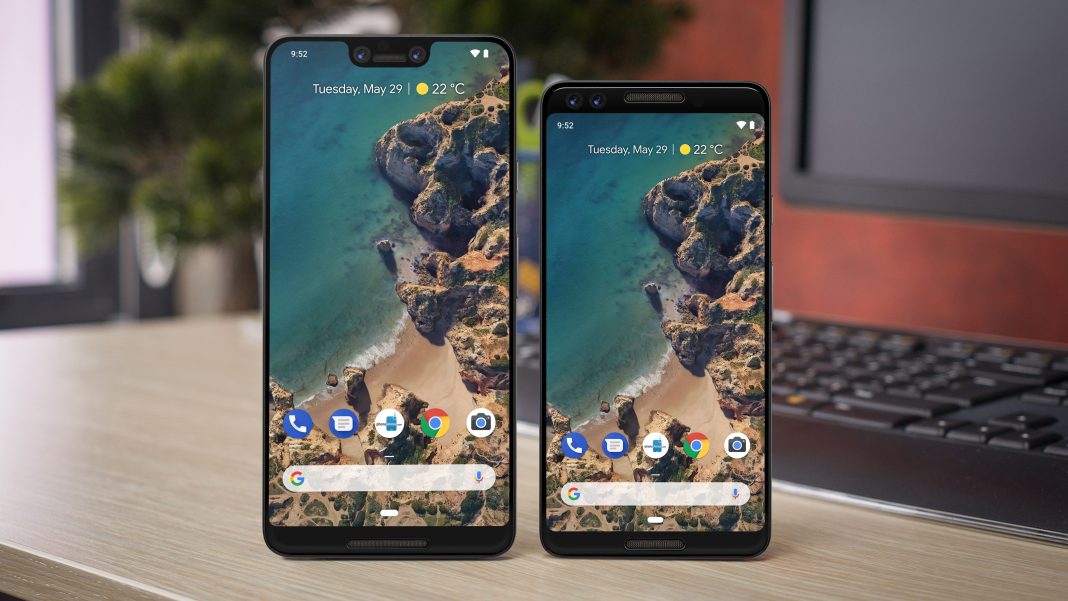Apple Gadgets Receives the Much-Awaited Updates in Apple’s Hardware Event 2018
First time ever, Apple’s hardware event held at the Brooklyn city, in New York. The event has just taken place after about a month of its previous hardware event held in this year. Apple during the event unveiled the refreshed version of its iPad Pro, MacBook Air and Mac Mini. For the past few years, the gadgets were getting only a few changes in their features. But this time the products have been redesigned, loading them with new air.

The MacBook Air is now having a 13.3 inches screen and a narrow black glass bezel. After spending six years with the same high-resolution feature, the MacBook Air is now has got the Retina display with 4 million pixel resolution. The device is also equipped with the touch ID sensor, on the third-gen Butterfly Keyboard, with a larger trackpad. The device has been upgraded to the 8th Gen 1.6-GHz dual-core Intel Core i5 processor. The storage variant for different versions of the MacBook Air ranges from 128GB to 1.5TB, and the RAM size is between 8GB to 16GB. The MacBook Air also consists of two Thunderbolt 3 USB-C ports and 3.5 mm headphone jack. The device has got updates on its looks, too, and is available in Gold, Silver, and Space Gray colours.
Apple has also announced the redesigned iPad Pro, having two different screen sizes 11-inch and 12.9-inches, having a retina display. The new iPad Pro is solely inspired by the new iPhones. The home button is all gone and is replaced by the swipe up gesture. The iPad has got the face ID feature and black slimmer bezels. The iPad can be paired with the smart keyboard Folio and other Bluetooth keyboards, making it work as a laptop. The iPad also has got the stylus support with a second generation Apple Pencil that is enabled with the gesture control. Sadly, the new stylus is only compatible with the new devices and does not support the older ones. The storage available with the iPad ranges between 64 GB to 1 TB. The device comes with a USB-C port and no headphone jack.
The Mac Mini also gets its share of updates, after its launch with the iPhone 6, back in 2014. The Mac Mini is a small but stylish grey desktop PC, powered by the Intel Core i3 processor. The basic model of Mac Mini consists of 8GB of RAM and a 128 GB hard disk. The new Mac Mini is sleeker and has accomplished with more hardware facilities. The Mac Mini now does have the 4 USB-C Thunderbolt ports and two USB-A ports as well as the HDMI for displays.
Apple claims that the MacBook Air as well as the Mac Mini, both have been built with 100 per cent recycled Aluminium, costing $1,200 for the basic model of MacBook Air and $799 for the basic model of Mac Mini. The iPad Pro is at the higher end of the price, costing $799 for the 11 inches iPad Pro and $999 for the 12.9 inches iPad Pro. As the launch of the Apple gadgets has taken place before the starting of the holiday season, the availability of the same can be expected during the holiday season.

Yashica is a Software Engineer turned Content Writer, who loves to write on social causes and expertise in writing technical stuff. She loves to watch movies and explore new places. She believes that you need to live once before you die. So experimenting with her life and career choices, she is trying to live her life to the fullest.




